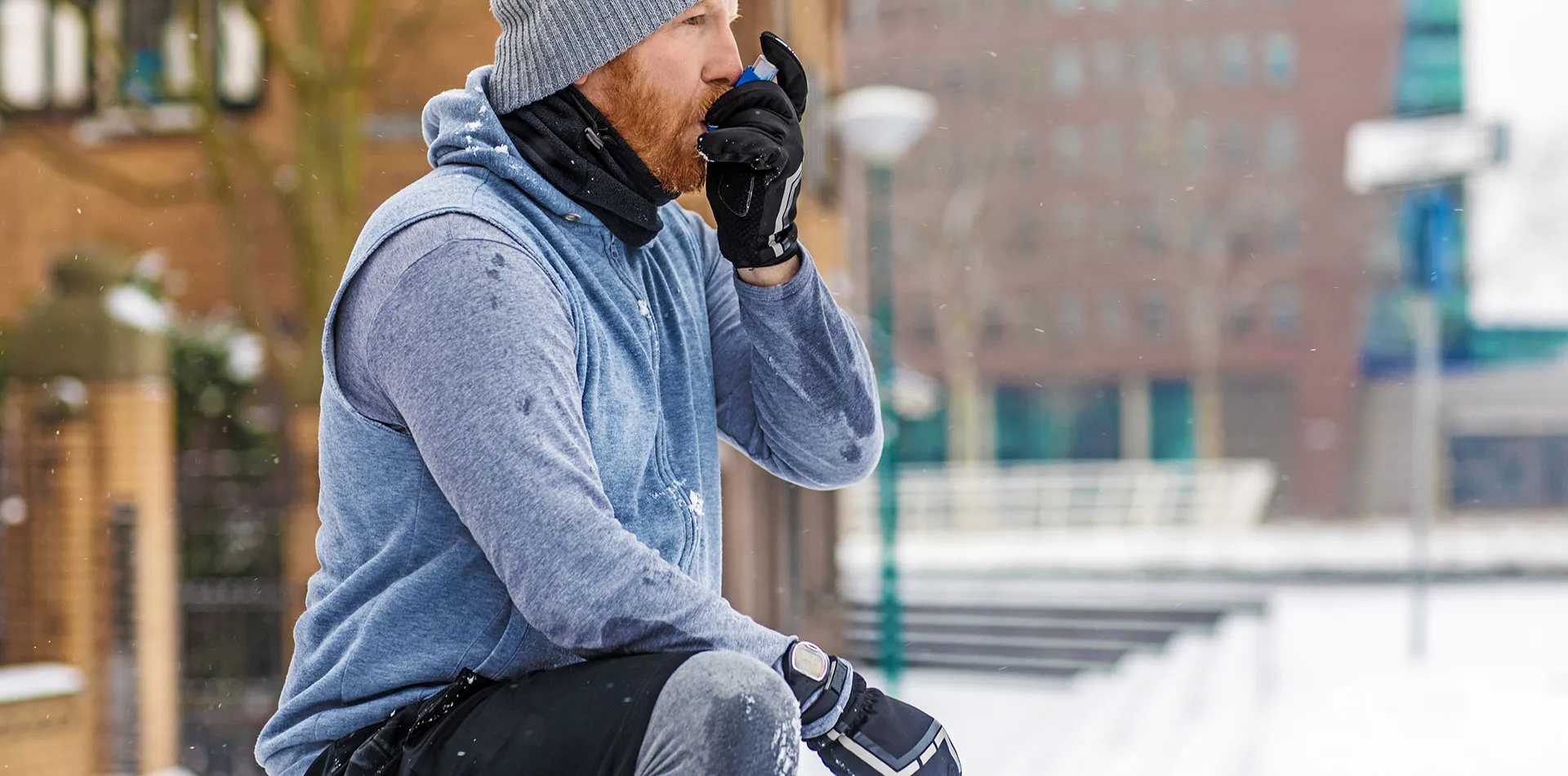
Exercise-induced asthma occurs when airways tighten and become narrow while performing strenuous physical activity. It leads to shortness of breath, wheezing, coughing, and other symptoms during or after exercise, also known as exercise-induced bronchoconstriction.
Even though exercise induces contraction of airways (bronchoconstriction), it is not the leading cause of asthma as several other factors trigger breathing difficulties.
People can continue to exercise and remain active even with exercise-induced bronchoconstriction with proper treatment of symptoms using asthma medications and preventive measures.
Exercise-induced bronchoconstriction starts during or soon after exercise with symptoms that may last for 60 minutes or longer if left untreated. The common signs are wheezing, shortness of breath, coughing, chest tightness or pain. People may also experience exhaustion during exercise, have weaker than expected athletic performance and may delay activity (a sign primarily among young children).
See the doctor if you experience signs of exercise-induced bronchoconstriction. Several diseases may induce similar symptoms, making it essential to get a timely and accurate diagnosis.
And when you experience shortness of breath or wheezing that quickly increases, causing a struggle to breathe and see no improvement after using a prescription inhaler for asthma attacks, get emergency medical treatment.
The real reason for exercise-induced bronchoconstriction is still not known and may occur due to multiple biological processes. People with exercise-induced bronchoconstriction usually have inflammation and can produce excess mucus after strenuous exercise.
People with asthma [about 90 per cent] are prone to exercise-induced bronchoconstriction, but it may occur to people without asthma as well. It is more commonly seen in high-level athletes.
Air pollution, cold air, dry air, chemicals from ice cleaning equipment, chlorine in swimming pools all act as triggers for this disease. Activities that require more extended periods of deep breathing, such as long-distance running, swimming or soccer, also may raise the risk.
When the condition is not treated, it may result in severe or life-threatening breathing difficulties. This mainly happens to people that handle asthma inadequately. Failure to exercise can also lead to lower quality of life.
Limit exercise-induced bronchoconstriction by using pre-exercise inhaled drugs, make sure to do warm-up exercises, and have the cool-down period after exercise, as this also helps. Avoid exercise when you have a viral infection, and when you have allergies, avoid outdoor workouts in areas where the air pollution is high.
Patient Experience